They are the vital element that makes the plant grow, a concentrate of very precious substances for our health. We are talking about tubers: the vegetable nourishment reserve. I'm the second source of carbohydrate supply after cereals and, in addition, they provide many vitamins and mineral salts.
BECAUSE THEY DO WELL
“Don't limit yourself to consider only potatoes and carrots as "tubers"», Begins the nutritionist biologist Leopoldo Cervo. "The snuff, for example, they are part of our history and even if they have long been considered a poor food, they are actually highly purifying: they stimulate diuresis and counteract intestinal laziness ”, explains the expert.
"The sweet potatoes, who come from Central America, are one casket of antioxidants, also perfect for those who are intolerant to Solanaceae (traditional potatoes, aubergines and tomatoes). L'yam is used for strengthen the immune system and to counteract the symptoms of menopause and dysmenorrhea. The jerusalem artichokes, excellent for celiacs and diabetics, it favors the muscle recovery after training and fights fatigue. There parsnipFinally, it is nutritious and helps keep cholesterol and blood sugar low», Adds the expert. It is therefore worthwhile try them all. With the advice (and recipes) of Dr. Cervo.
Browse the gallery and discover the selection of "roots" that have always been used, even if they are perhaps little known.
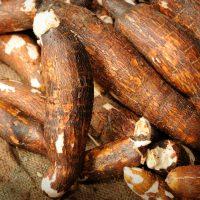
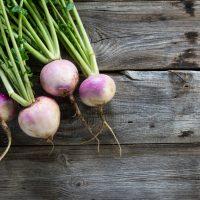
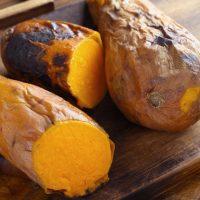
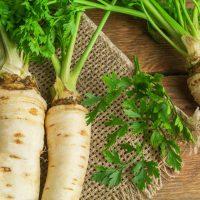


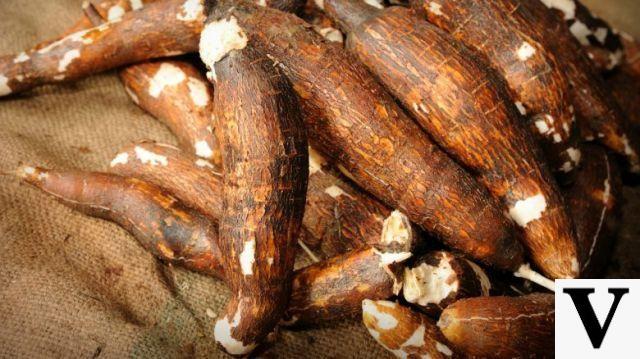
Yam
The scientific name is Dioscorea, but it is also known as yam and it is typical of America and Central Africa. It is always eaten cooked, it is perfect for soups and stews and it tastes slightly sweet, which it looks a bit like that of walnut.
«È rich in vitamin C, which however deteriorates with cooking, but also of Vitamin B6, useful for protecting eyes and liver, e mineral salts such as copper, beneficial for bones, skin and the immune system, e magnesium, valuable for the production of energy and for the health of the nervous system. It is also a 'excellent protein source»Explains Leopoldo Cervo.
TORTINO (FOR 4 PEOPLE)
1 kg of yam, 15 g of cumin powder, 15 g of saffron, 15 g of ginger powder, extra virgin olive oil and salt to taste
Clean the yam, cut it into pieces and put it in a baking dish, sprinkling it with ginger and cumin and drenching it with oil. Add a ladle of hot water in which you have dissolved the saffron. Stir and put in the oven, at 200 ° C, for 50 minutes. Room at the end of cooking.
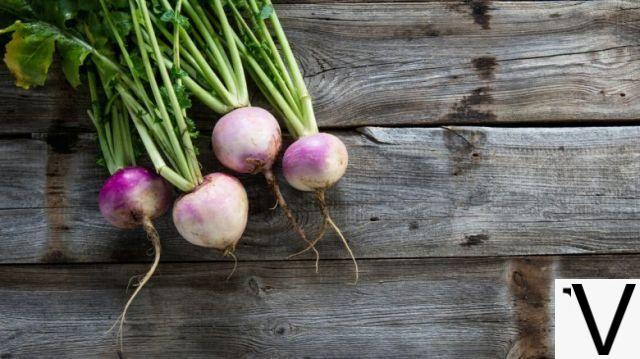
Turnip
Scientifically it is called brassica rapa. It is a root that has always been grown in the north of the country: it is sweet, with a hint of spiciness, very juicy. It is eaten cooked, but also fermented in pomace, or grated raw, in salads.
«È low-calorie and rich in antioxidants. And, thanks to the presence of sulfur and nitrogenous substances, such as thiocyanates and isothiocyanates, it is excellent for recover from fatigue. It also thins bronchial secretions, helping to resolve cough and bronchitis, and detoxifies the organism », explains the expert. "Not only: boasts an excellent amount of fiber, therefore improves intestinal regularity e promotes diuresis, preventing cystitis and stones », suggests Dr. Cervo.
SALAD (FOR 4 PEOPLE)
300 g of turnips, 2 apples, 80 g of dried tomatoes, 1 lemon, salt, extra virgin olive oil and pepper to taste
Clean the turnips, grate them and season them with an emulsion of salt, oil, lemon and pepper. Add the thin slices of apples and tomatoes and serve.
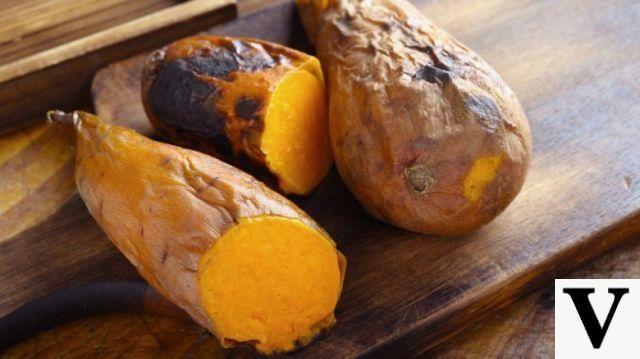
Sweet potato
Ipomoea batatas, typical of the American tropical zone, it has nothing to do with our potato. In fact, it does not belong to the Solanaceae family but to that of the Convolvulaceae. It should always be consumed after cooking, eating, if you want, even the peel.
“It tastes sweet and it is rich in starch and fiber, valuable for the intestine. The pulp, yellow-orange, is very rich in beta-carotene, which protects the skin from the sun's rays and defends all cells from oxidative stress ”, explains Dr. Leopoldo Cervo. "It also contains Vitamin C (with antioxidant action) e potassium and manganese, essential to combat fatigue ", adds the expert.
SFORMATO (FOR 4 PEOPLE)
500 g of sweet potatoes, 2 eggs, 2 egg yolks, 60 g of butter, 0,5 dl of milk, salt and nutmeg to taste
Boil the sweet potatoes for 35 minutes, then peel them and, with a potato masher, purée them. Mix with a whisk, adding the eggs and egg yolks, already beaten, butter, milk, nutmeg and salt. Pour into a baking dish lined with parchment paper and cook at 160 ° C for 45 minutes.
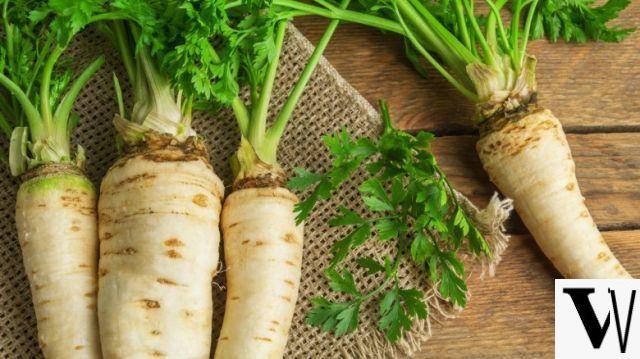
Parsnip
Pastinaca sativa, famous above all in Anglo-Saxon countries, has a fresh, sour taste, reminiscent of a carrot and celery mix, and should preferably be used with the peel. If the root is fresh it can be eaten raw, in salads, otherwise it is used above all to prepare creams, chips and fillings.
"It's a excellent source of fiber, has a rather low calorie content and is therefore perfect if you want to lose weight»Says our nutritionist. «It also has diuretic and remineralizing properties, it contains a good amount of magnesium, which counteracts fatigue, and vitamin B6, energizing ».
SOUP (FOR 4 PEOPLE)
3 carrots, 3 parsnip roots, 30 g of fresh ginger, 1 red onion, 1 clove of garlic, the juice of 3 oranges, 1,5 l of vegetable broth, extra virgin olive oil and salt to taste
Clean the carrots and parsnips and put them, together with the grated ginger, in a pan where you have prepared a sauté with onion, garlic and oil. Cook over medium heat until the vegetables are soft. Salt, remove from heat, blend, add the orange juice and serve.

Jerusalem artichokes
Heliantus tuberosus has a flavor reminiscent of artichoke and it is also cultivated by us.
«You can use it raw or cooked, for savory or sweet dishes. It has an edible peel and a low calorie content, ”comments our nutritionist. "It's a'excellent source of folic acid, fundamental for the synthesis of hemoglobin and red blood cells, ed it is rich in inulin, a fiber considered a natural prebiotic », concludes Cervo.
RISOTTO (FOR 4 PEOPLE)
350 g of basmati rice, 550 g of Jerusalem artichoke, 2 l of vegetable broth, 1 red onion, 1 organic lemon, 50 g of butter, 50 g of chopped hazelnuts, salt and extra virgin olive oil to taste
Clean the Jerusalem artichoke, cut it into cubes and put it in the water and lemon. Brown the onion in the oil, add the rice, after 2 minutes the Jerusalem artichoke and the boiling broth, a little at a time. Season with salt and, when cooked, stir in the butter. Finally, add the hazelnuts.


























